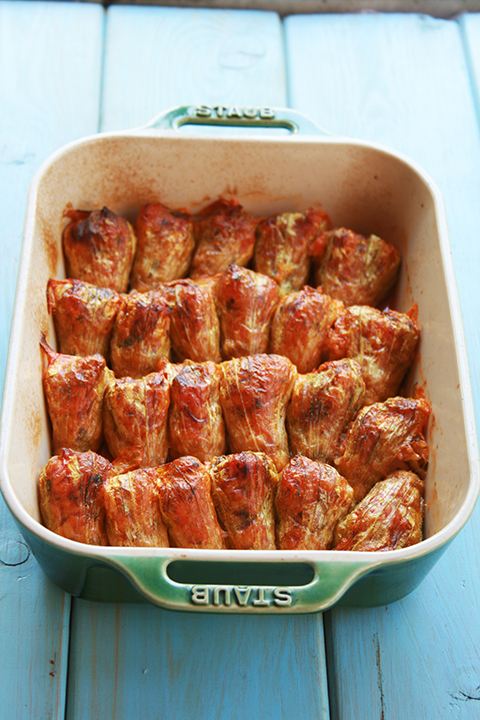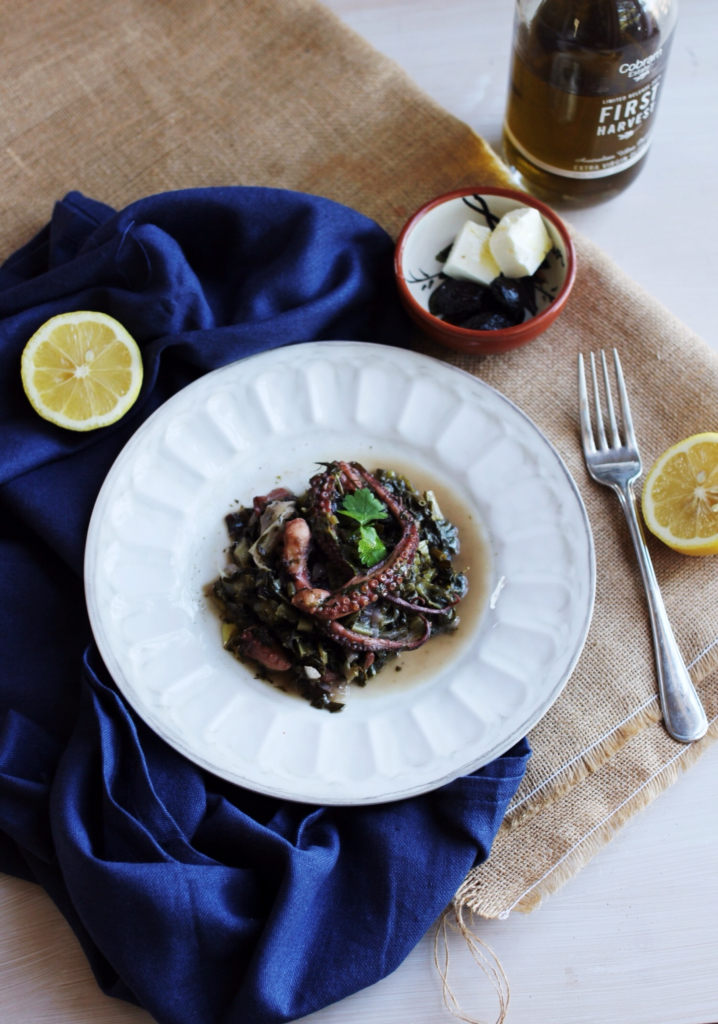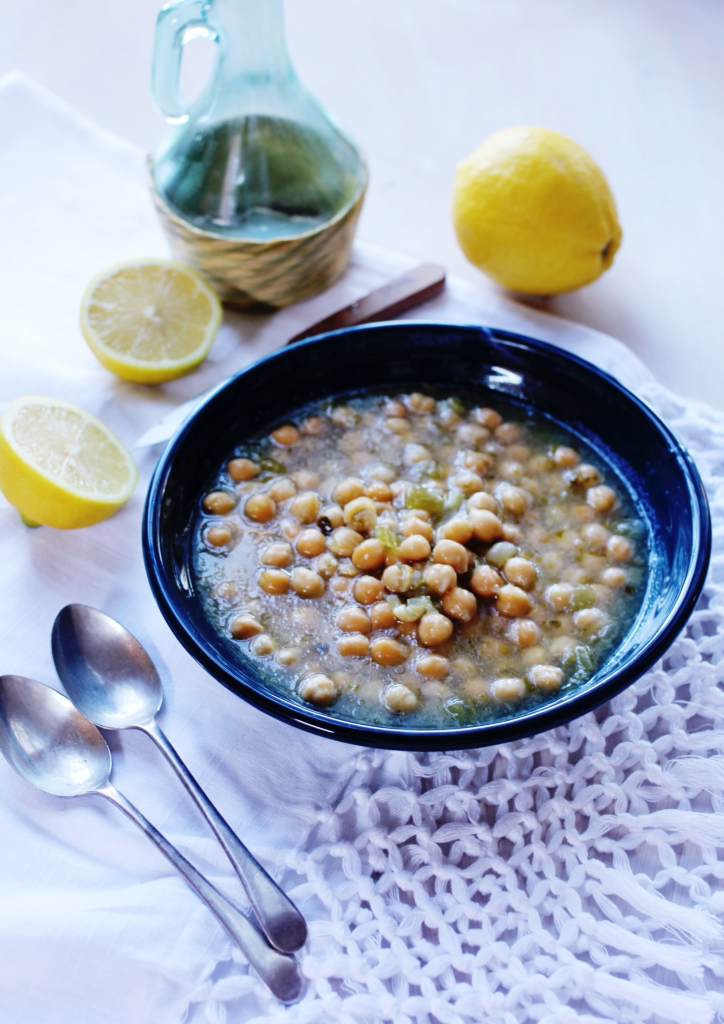Zucchini flowers, stuffed with rice, summer veggies, and herbs

Searching the Internet for some info on edible flowers, I saw some beautiful pictures of cakes and other fancy desserts decorated with, among other exotica, small blue and yellow pansies and chrysanthemum flowers. Did we always eat pansies on our cakes and in colorful salads or is it one more innovation from Noma (with its inventive kitchen) that has been immediately adopted by all of us? Well, in fact, dried flowers have been used for thousands of years as spices in cooking or in herbal teas for medicinal purposes. Their use in modern cooking today as decorative edible ingredients is really a rebirth of this very old tradition. Roses and zucchini- squash flowers have never stopped being used in cooking. In Greece we make rose petal jam and we use zucchini flowers in different savory recipes. When I was a child, whenever my mother made stuffed tomatoes, there would always be some space left in the baking pan for some zucchini flowers to be stuffed especially f






